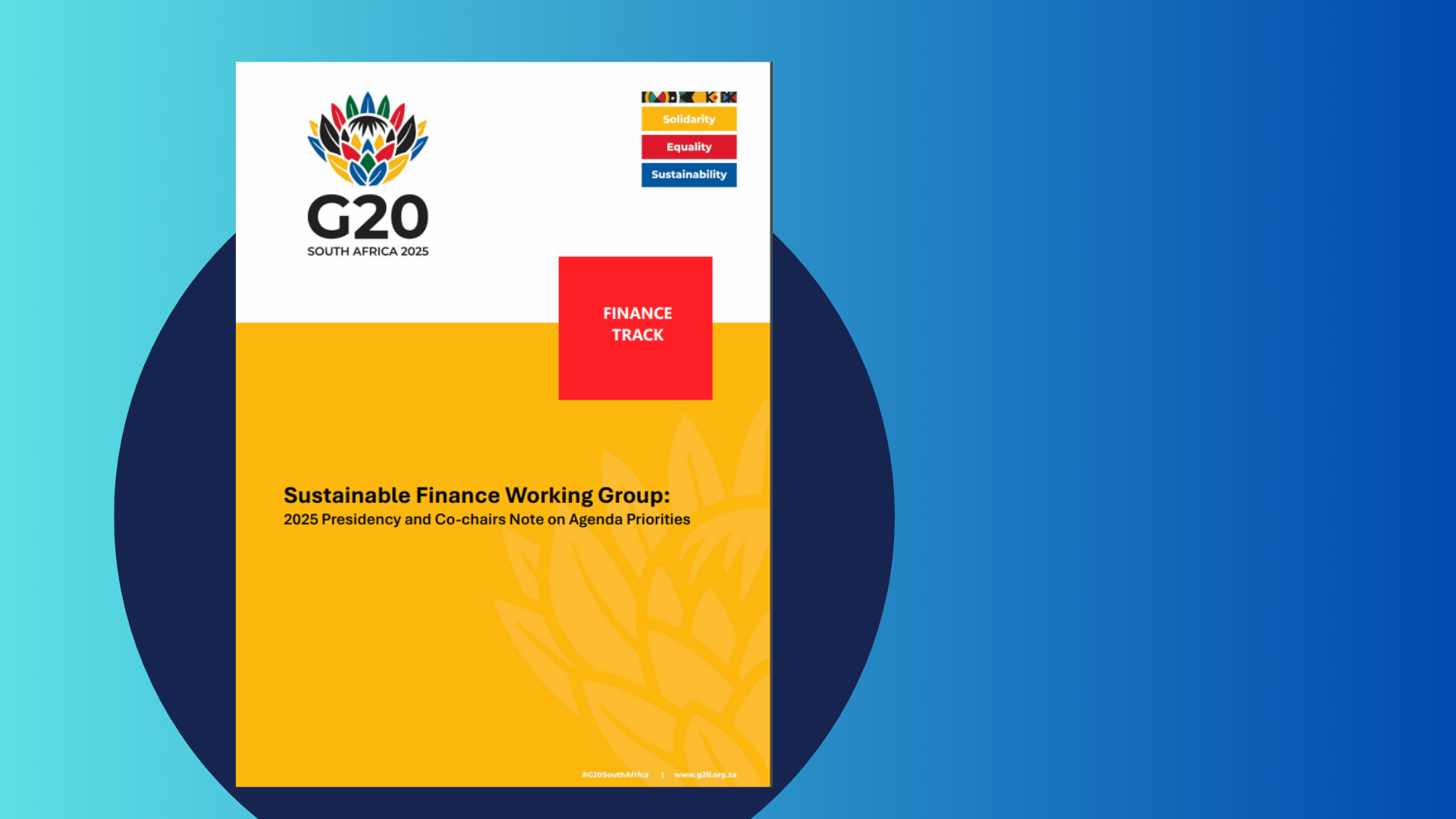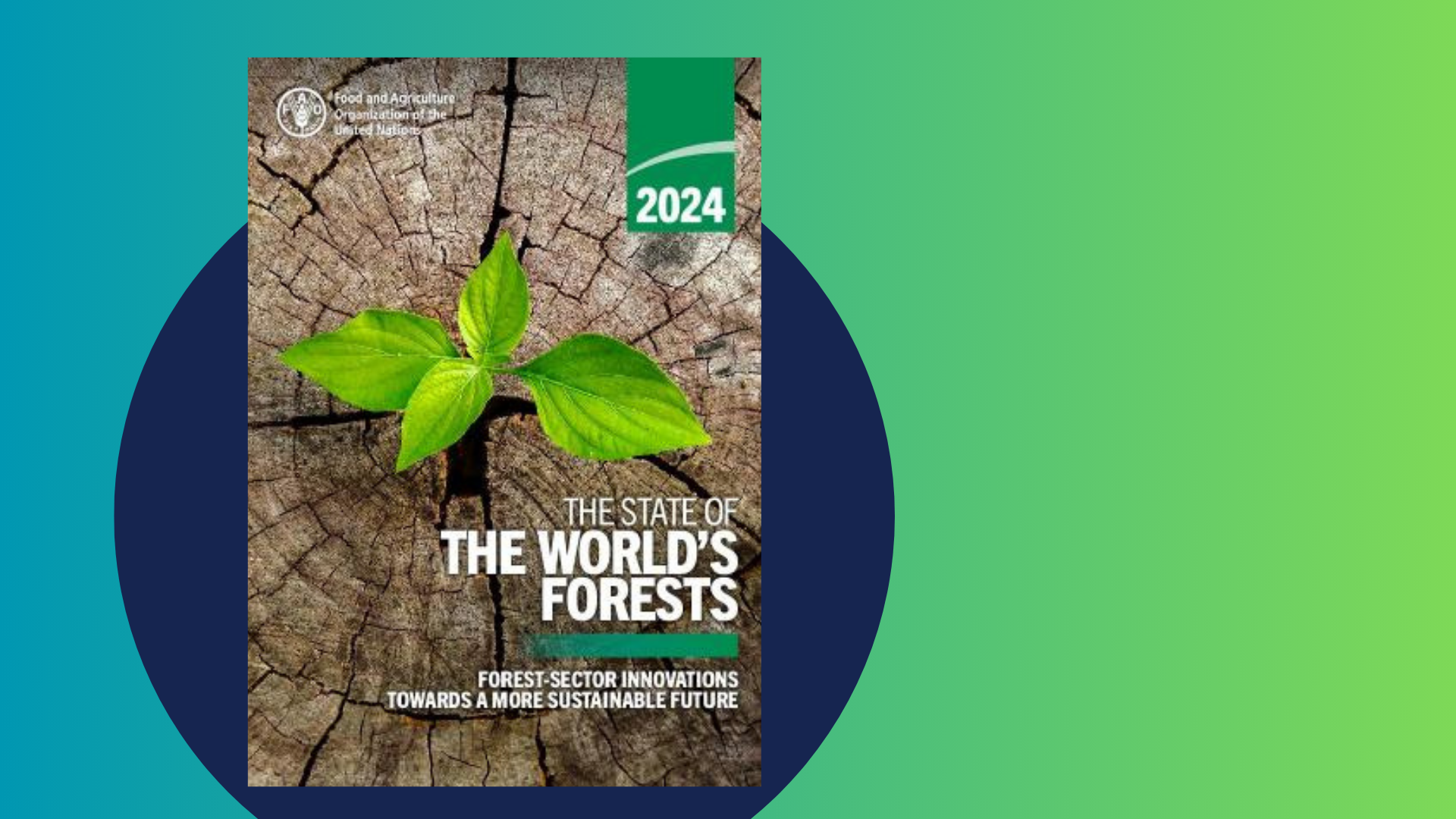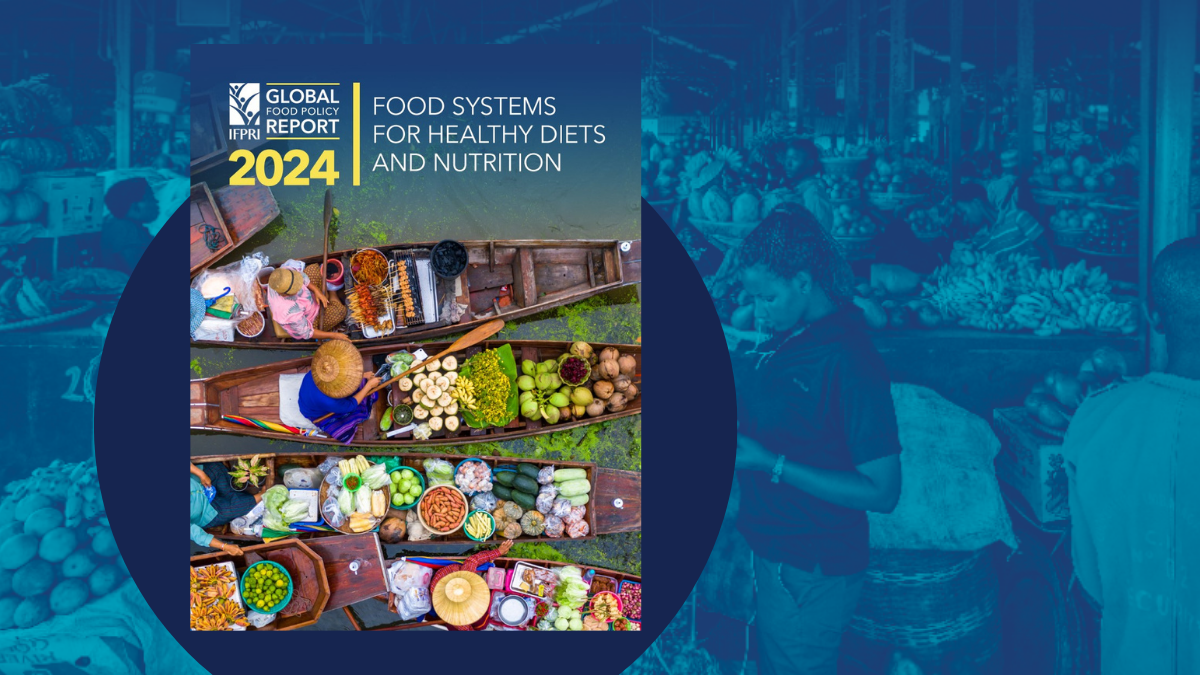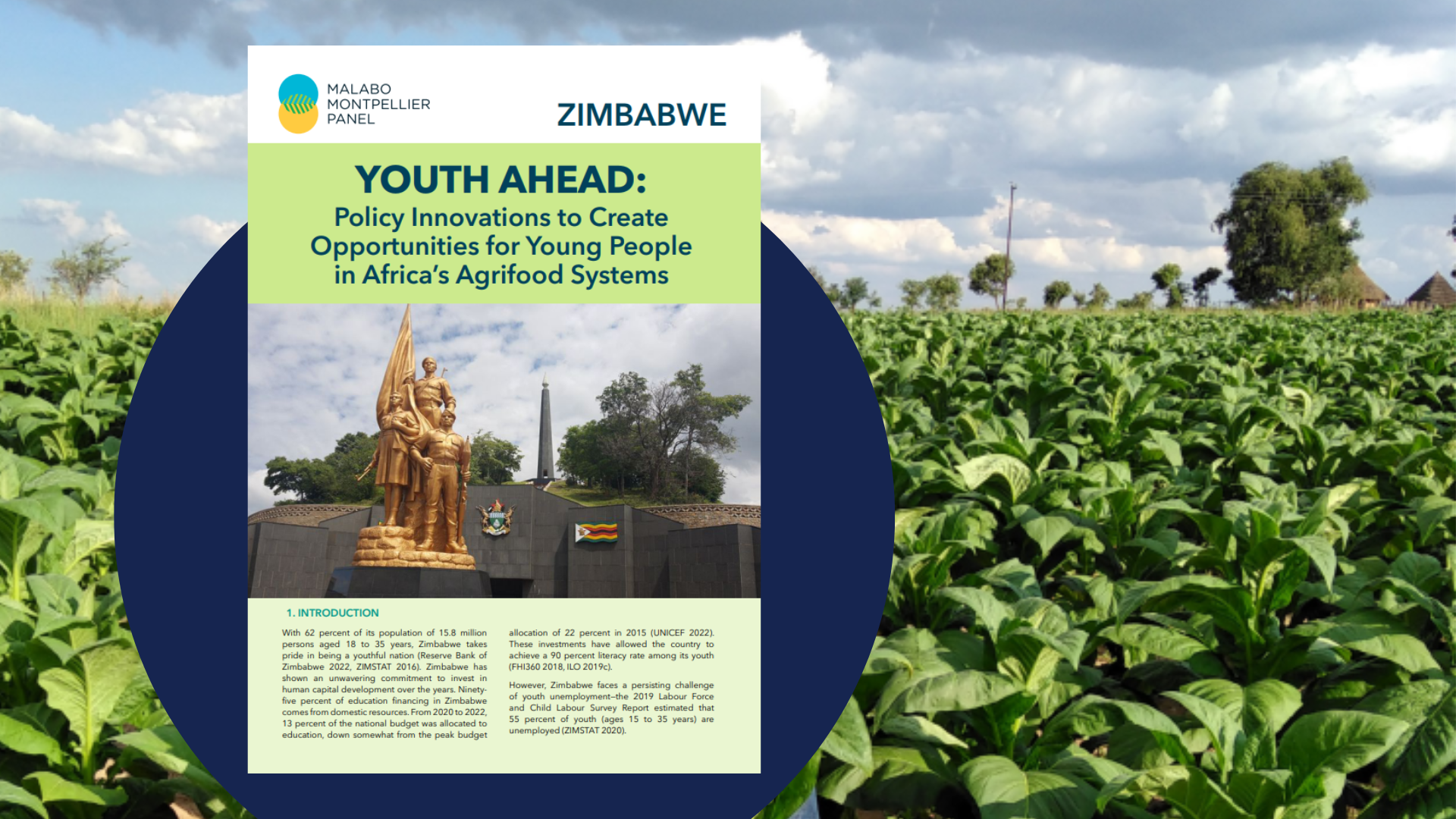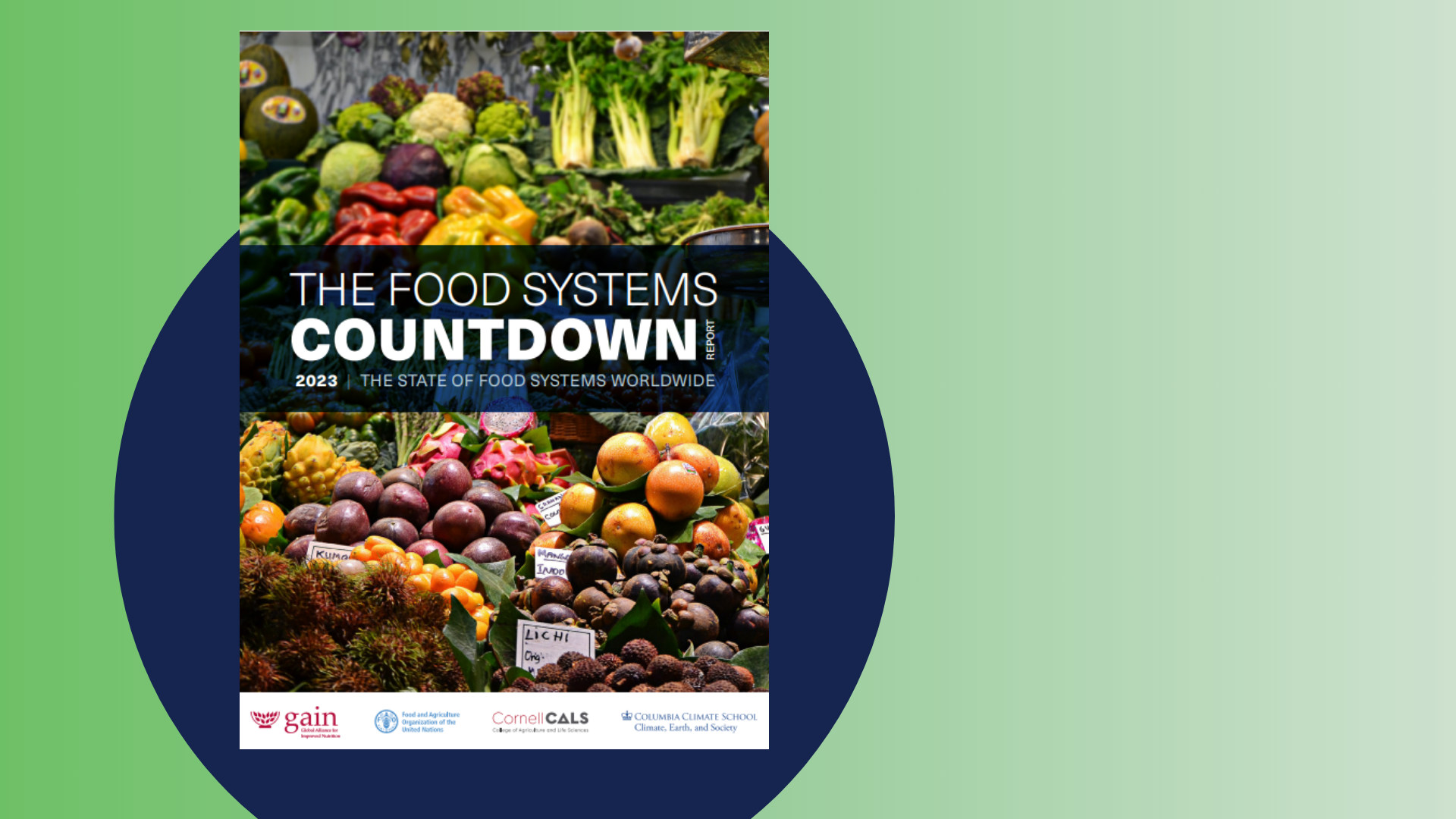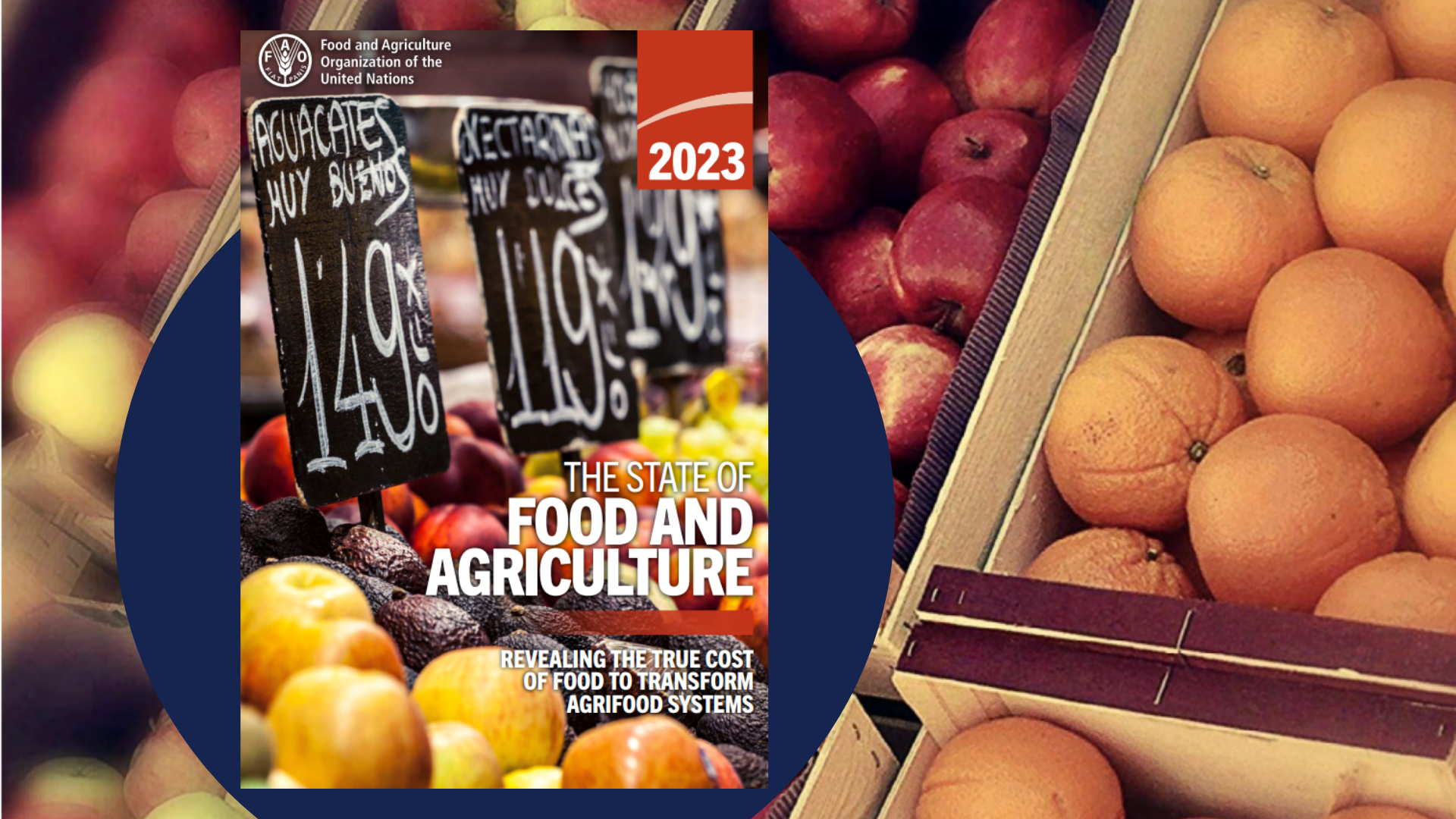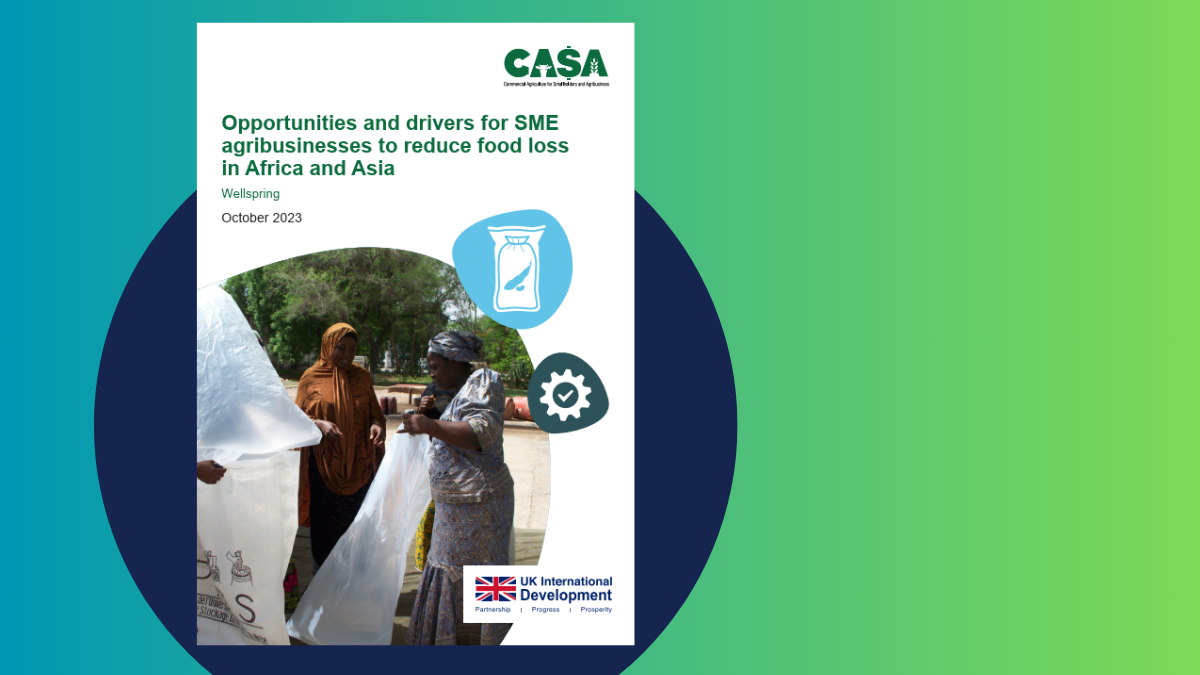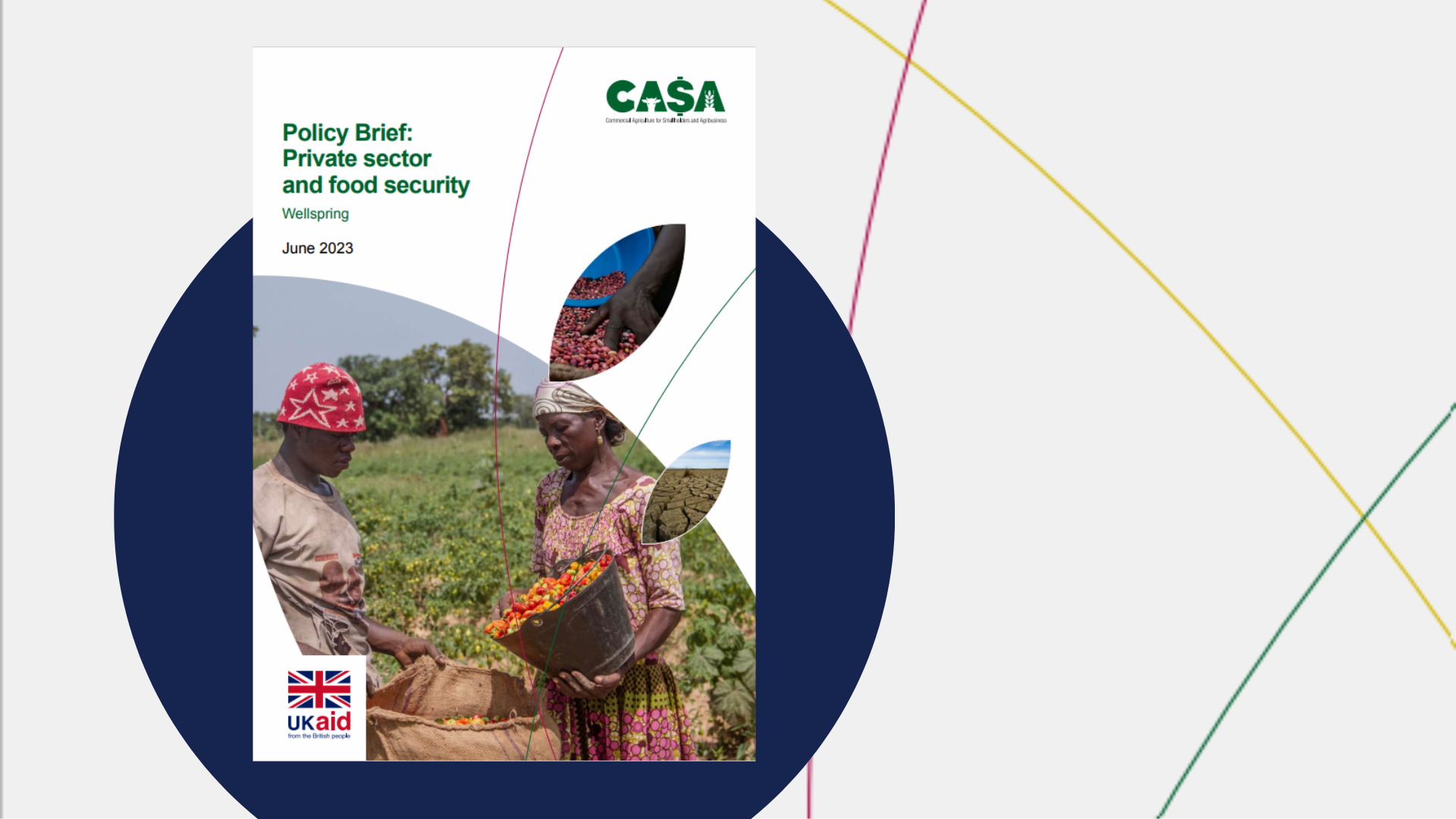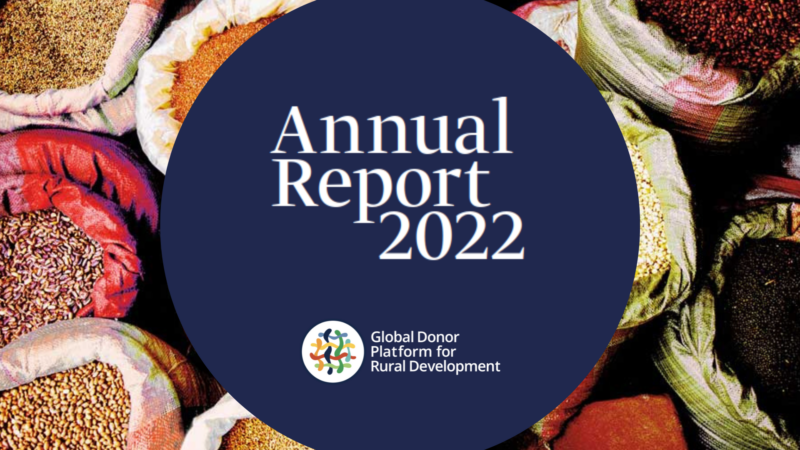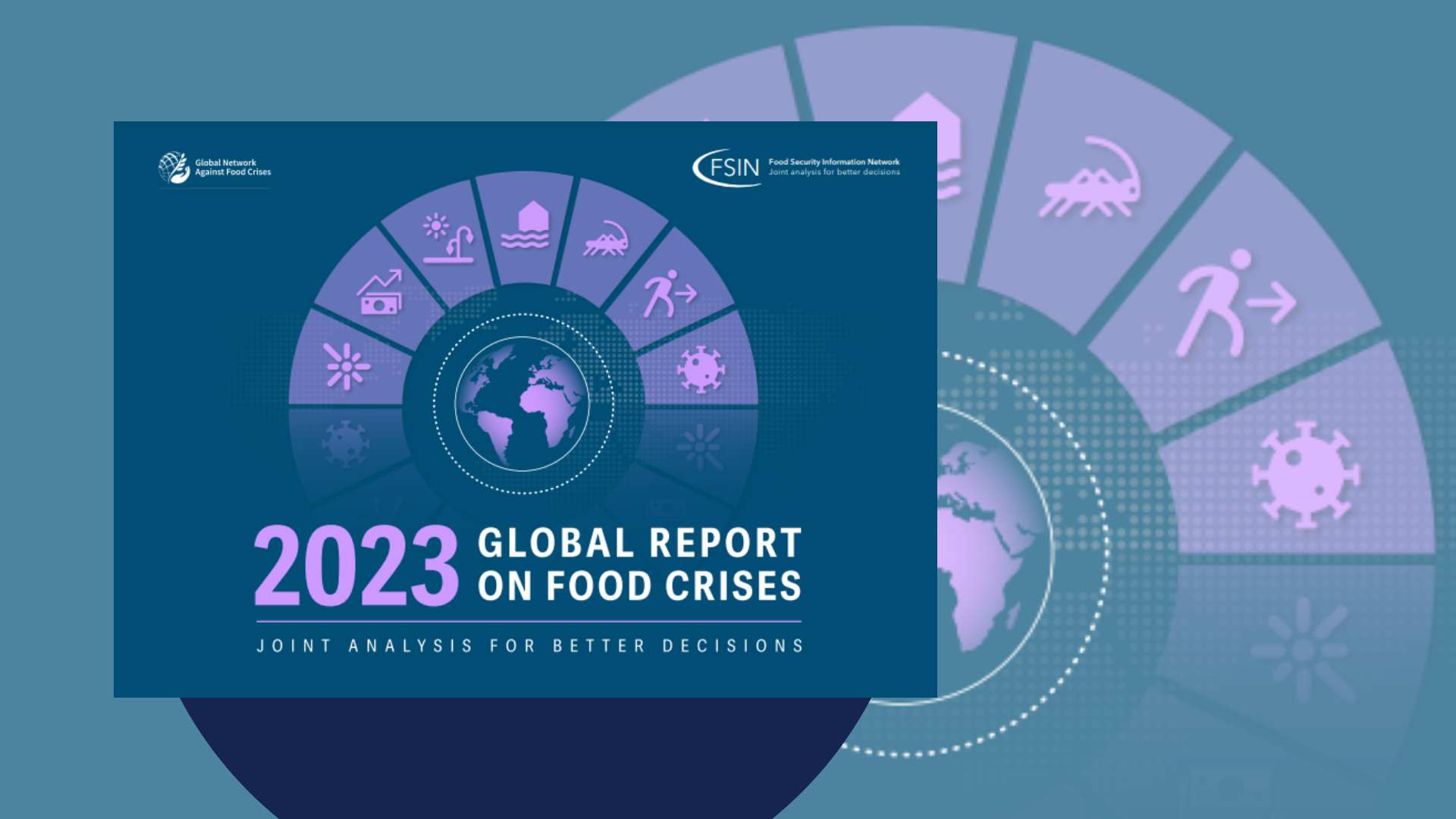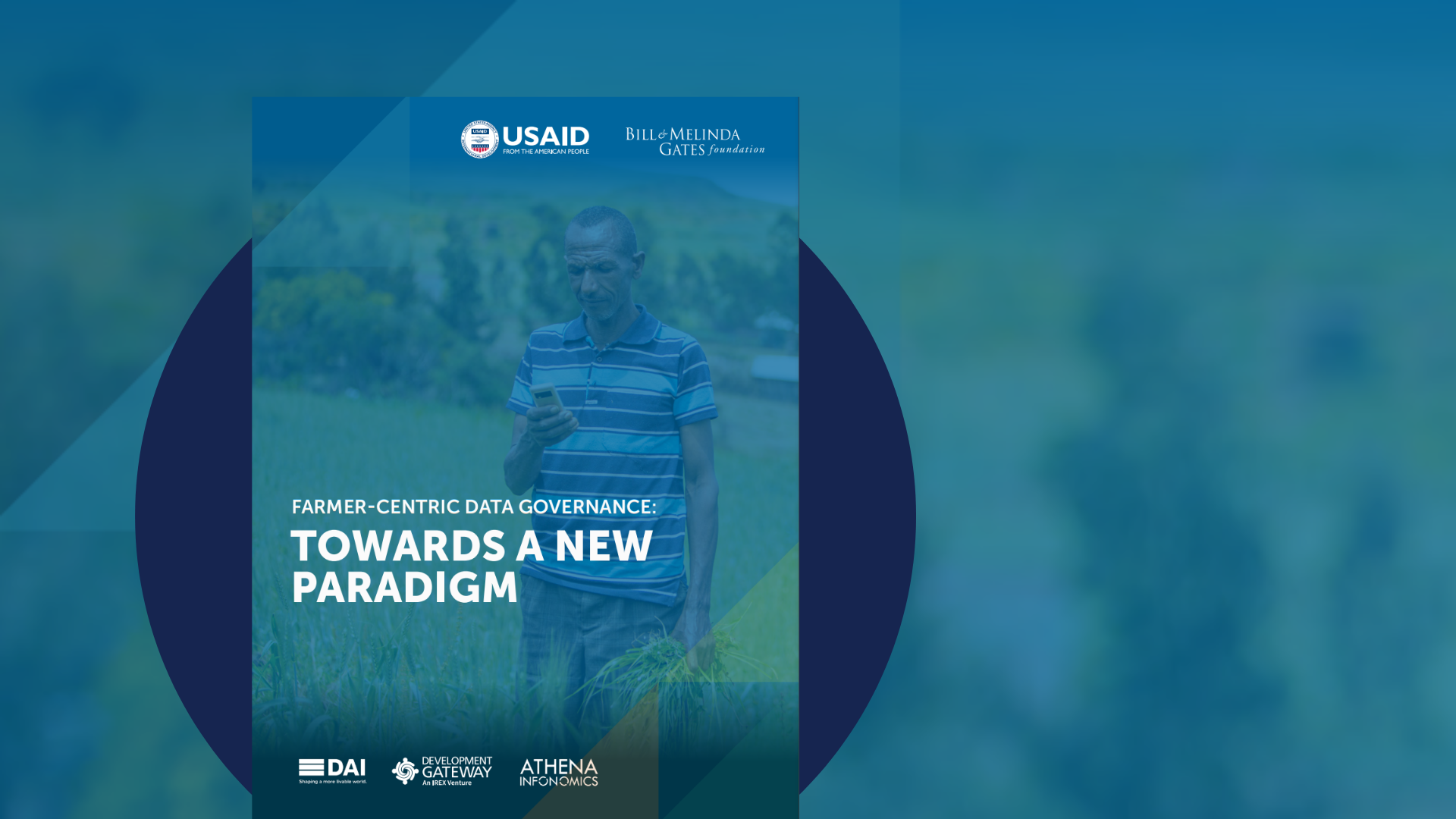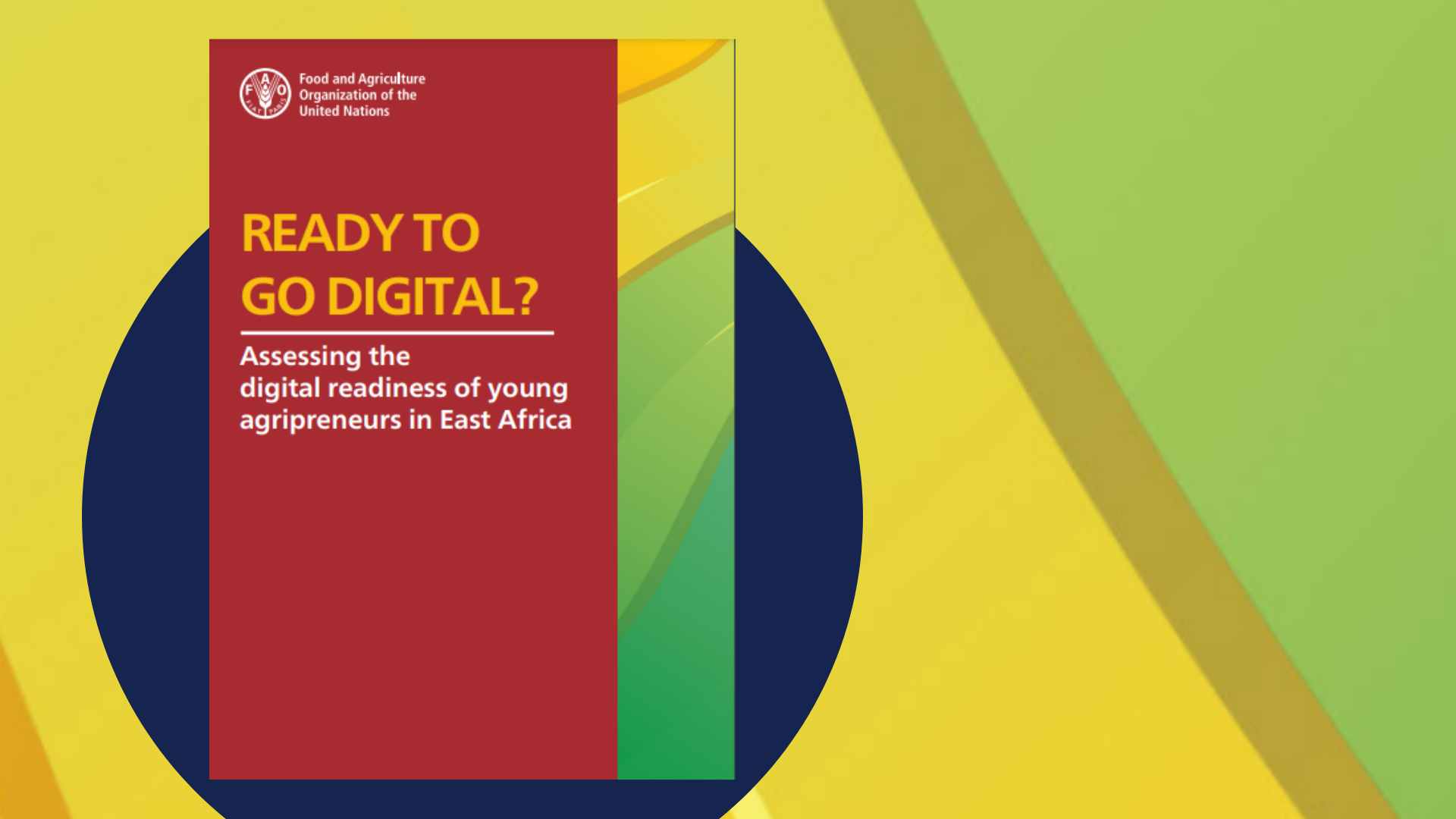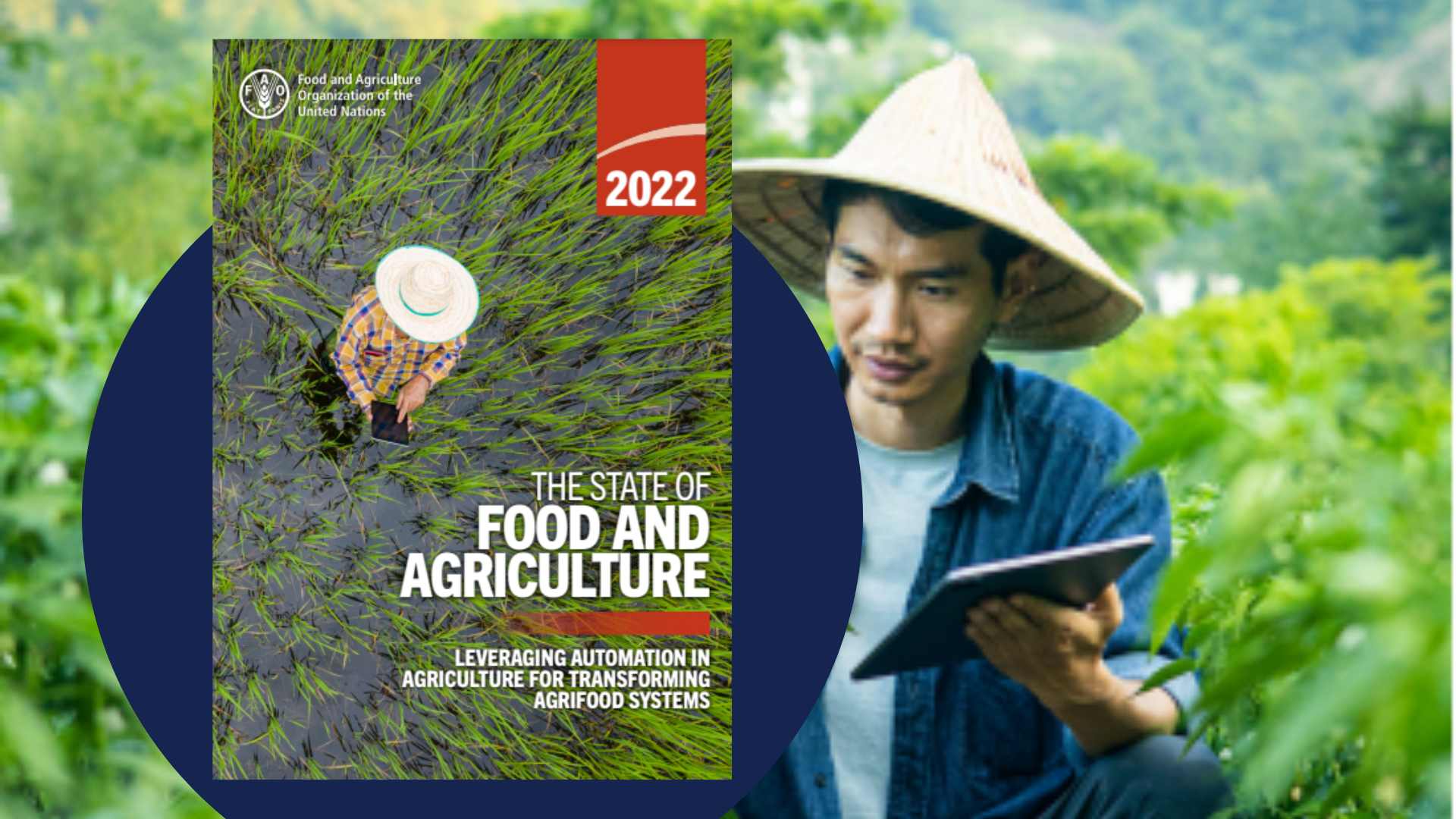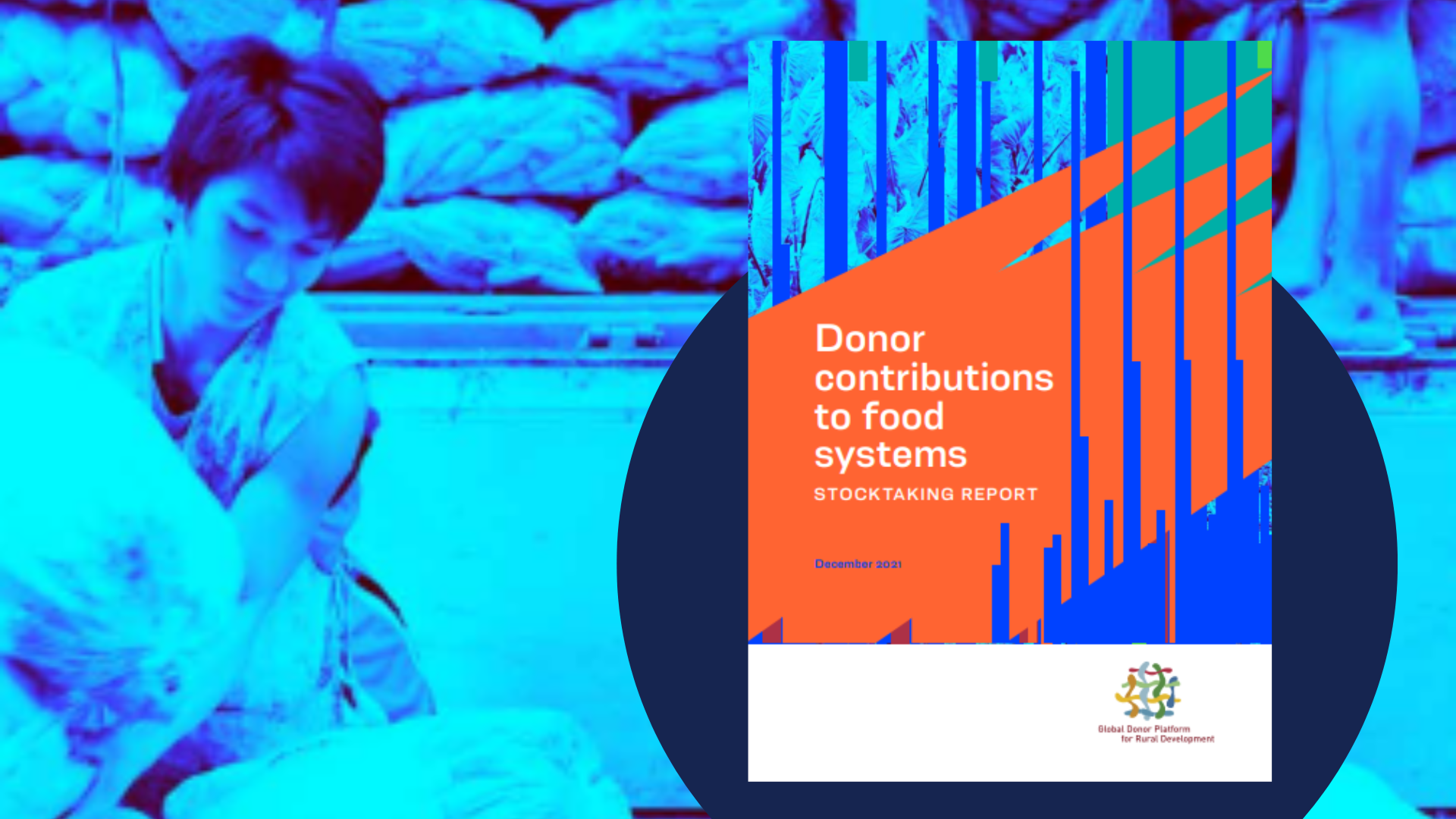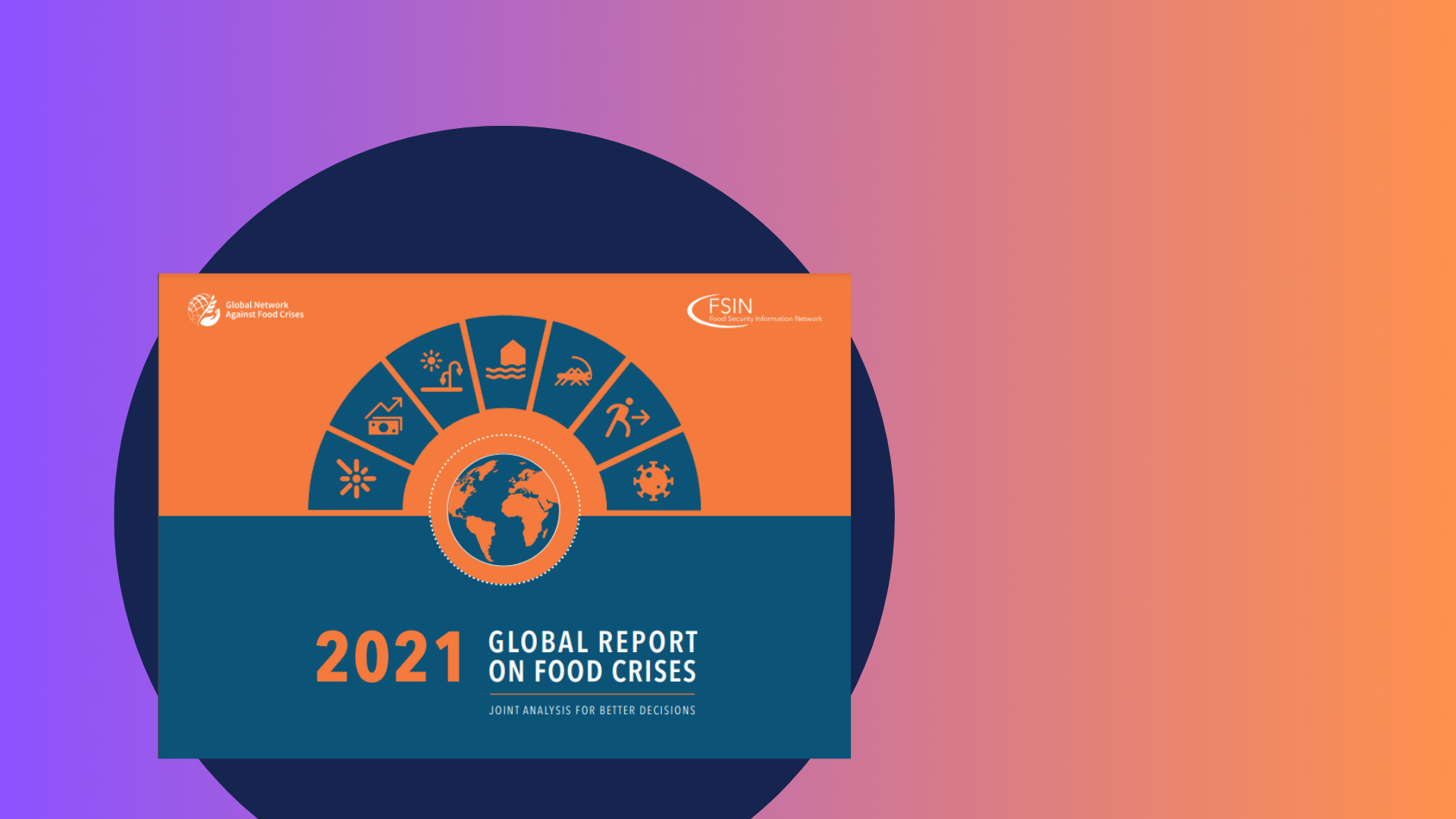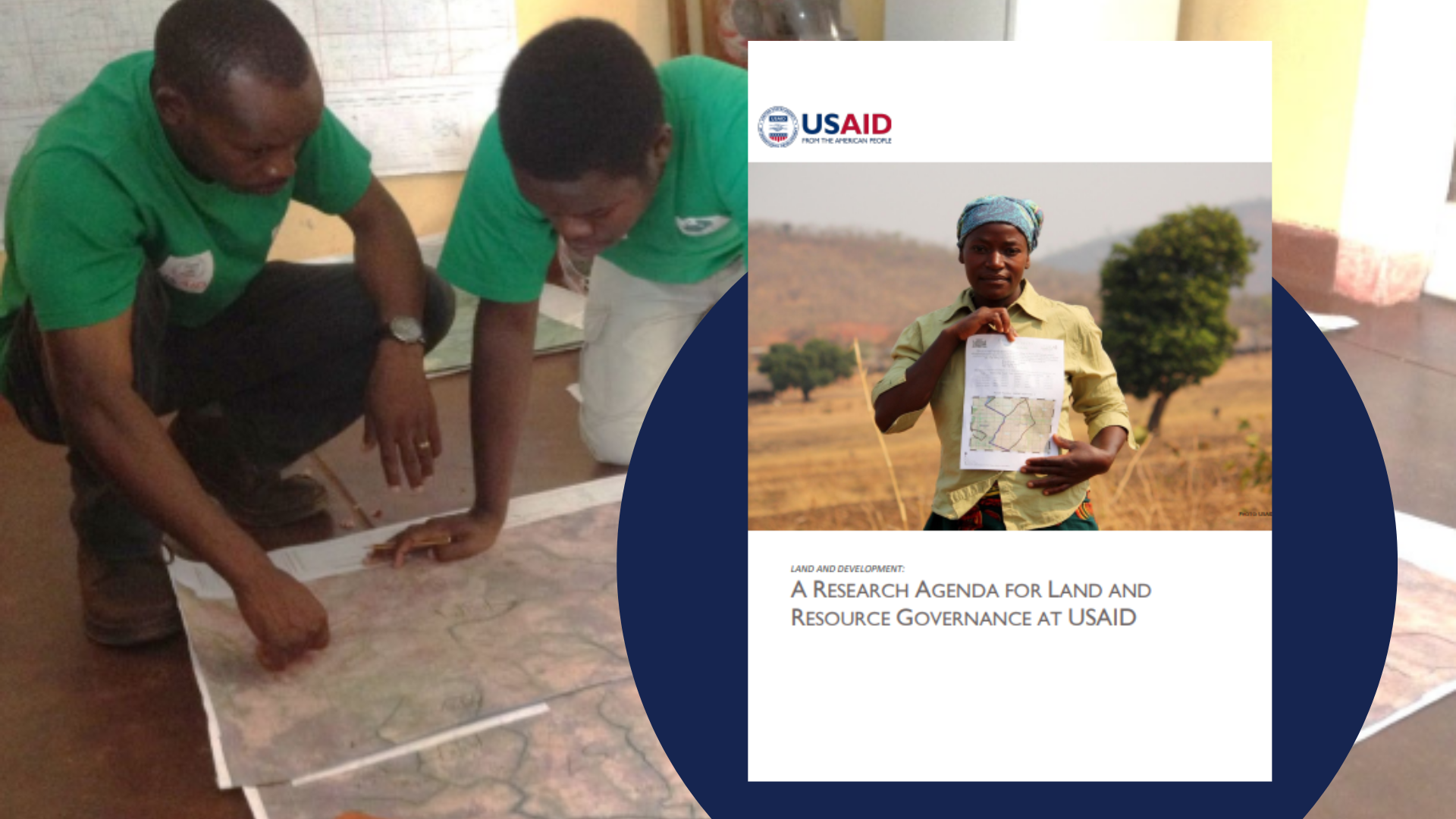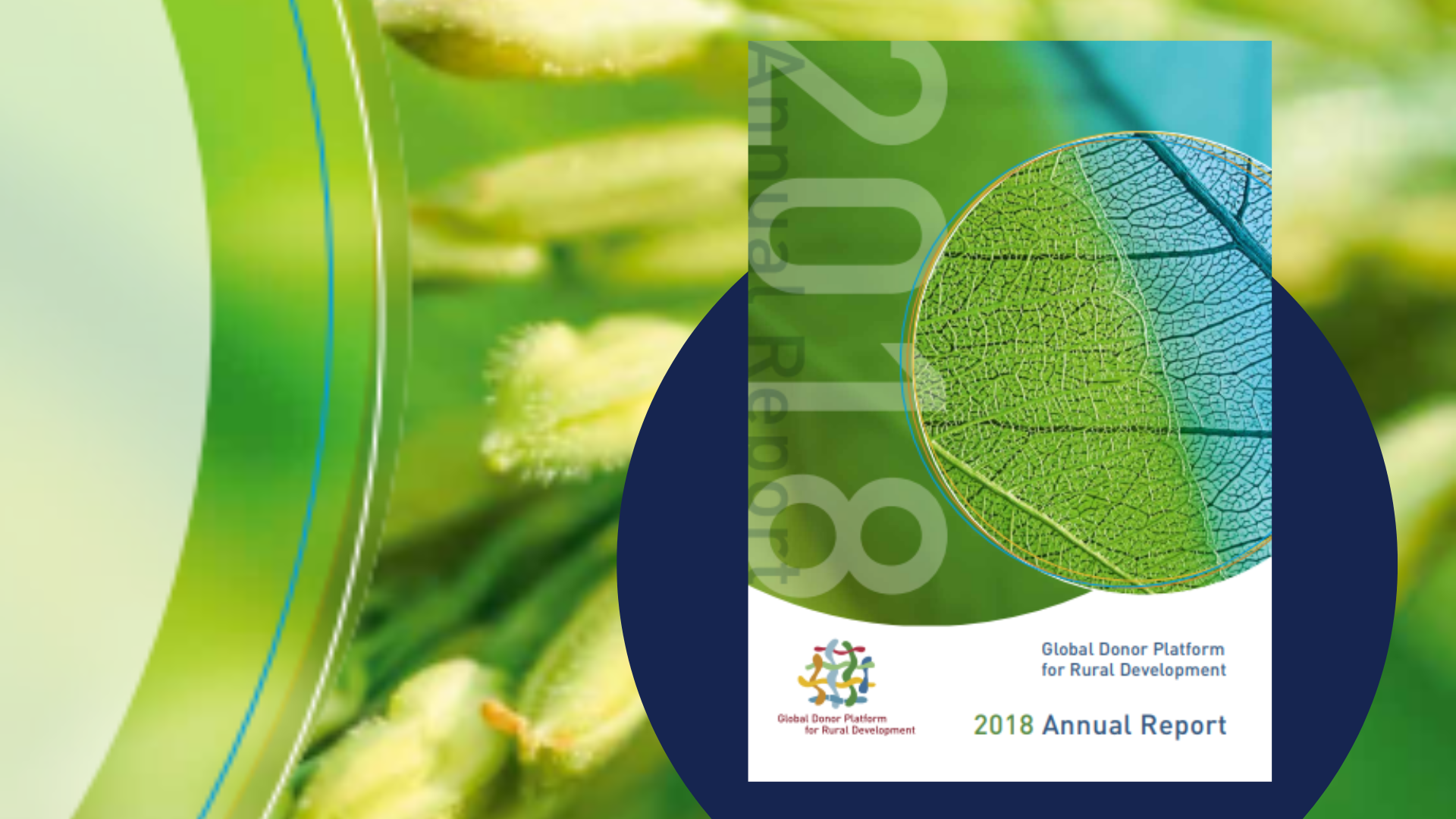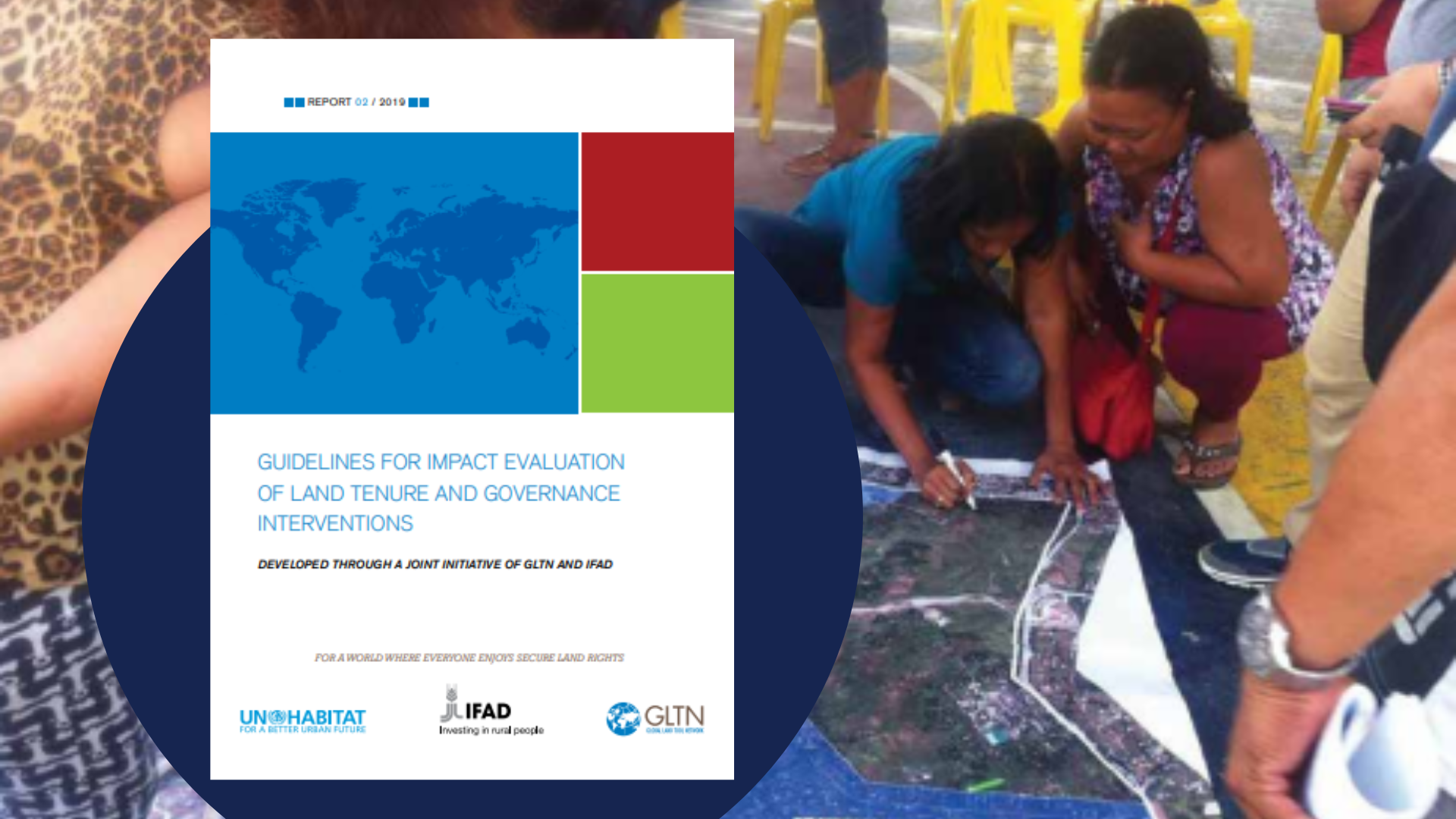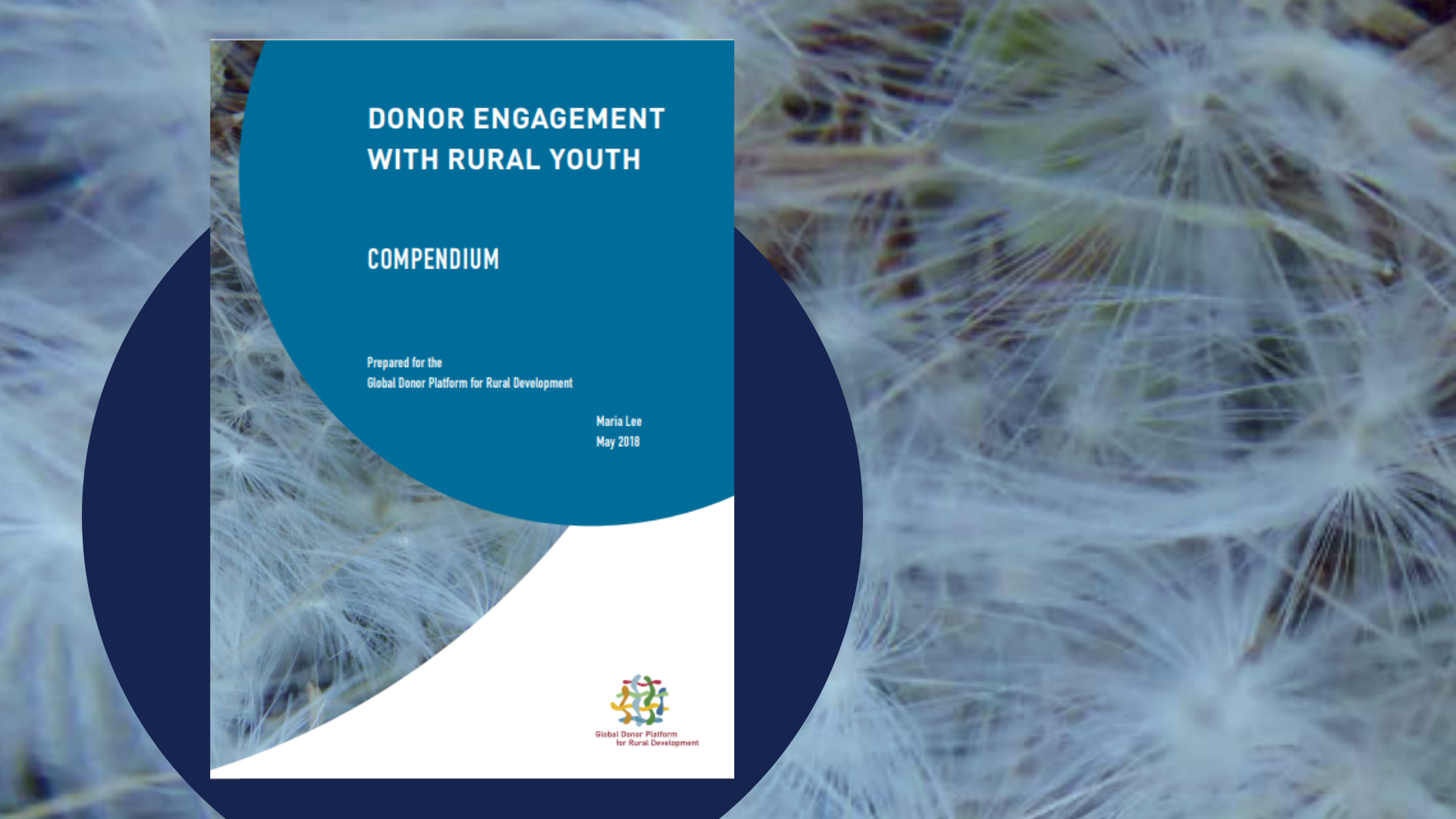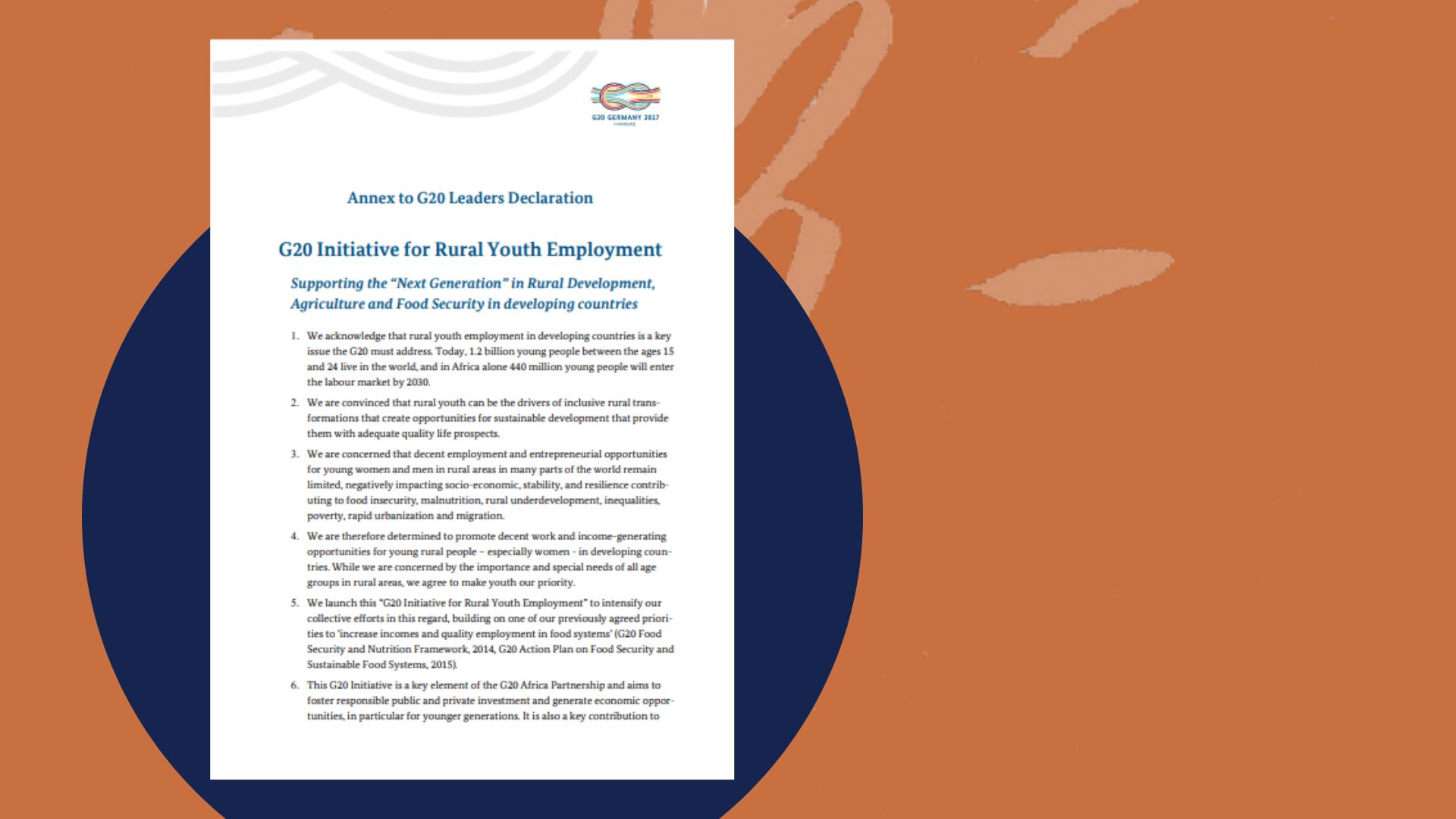How agrifood systems transformation through accelerated climate actions will help achieving food security and nutrition, today and tomorrow, In brief
Links
Read more on the Food Systems Recommendations Database

In 2022, 738.9 million people faced hunger, nearly 2.4 billion in 2022 lacked regular access to adequate food, and over 3.1 billion could not afford healthy diets. The pandemic added 120 million to the number of the chronically undernourished. In 2030, an estimated 590.3 million will suffer hunger. The planet faces crises, exceeding safe limits on six of nine planetary boundaries, and much of them is due to agrifood systems, which contribute 30 percent of anthropogenic greenhouse gas (GHG) emissions and impede climate goals. Despite the Paris Agreement’s aims, warming rates point to a serious gap in meeting targets. Agrifood systems appear to face a dilemma: intensifying efforts to increase productivity while endangering climate goals – or curbing production to reduce emissions. This perceived trade-off has led to inaction and emboldens climate action skeptics who argue climate action harms efforts to address global hunger and malnutrition. Agrifood systems should address food security and nutrition needs and facilitate a large number of actions aligned with mitigation, adaptation and resilience objectives under the larger umbrella of climate action. The climate agenda itself could and should transform agrifood systems and mobilize climate finance to unlock their hidden potential.
In the unfolding narrative of our global commitment to transform agrifood systems, FAO embarks on a presenting a Global Roadmap; Achieving SDG2 without breaching the 1.5C threshold.
FAO’s roadmap involves an extensive process that spans three years, starting with COP 28 in 2023. It commences with a global vision for what ails agrifood systems today and goes on to explore financing options for the actions required, before culminating in a discussion of how to attract concrete investment and policy packages by the time COP 30 takes place. It also examines how to integrate technical assistance into our strategies while supporting sustainable investment plans. Our objective is to create a repository of both bankable and non-bankable projects in various domains.The In Brief version of the roadmap contains the key messages and main points from the report, and is aimed at the media, policy makers and a more general public.









